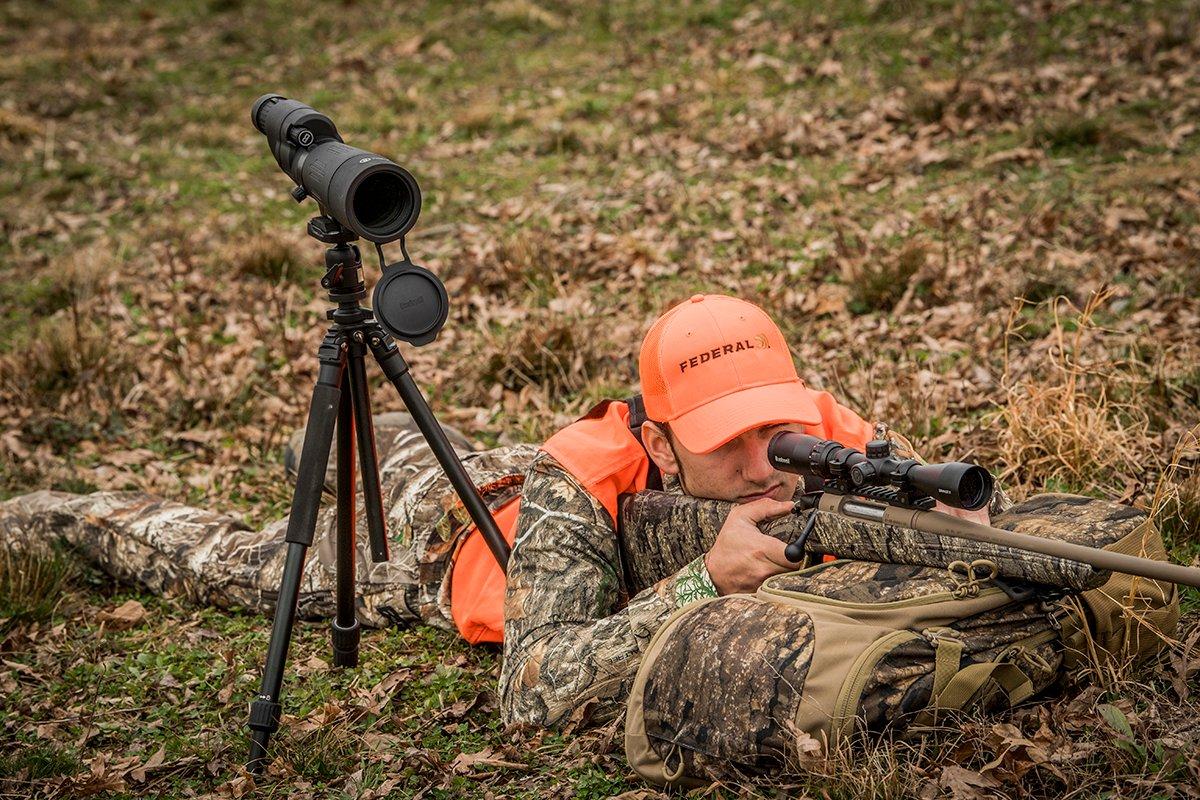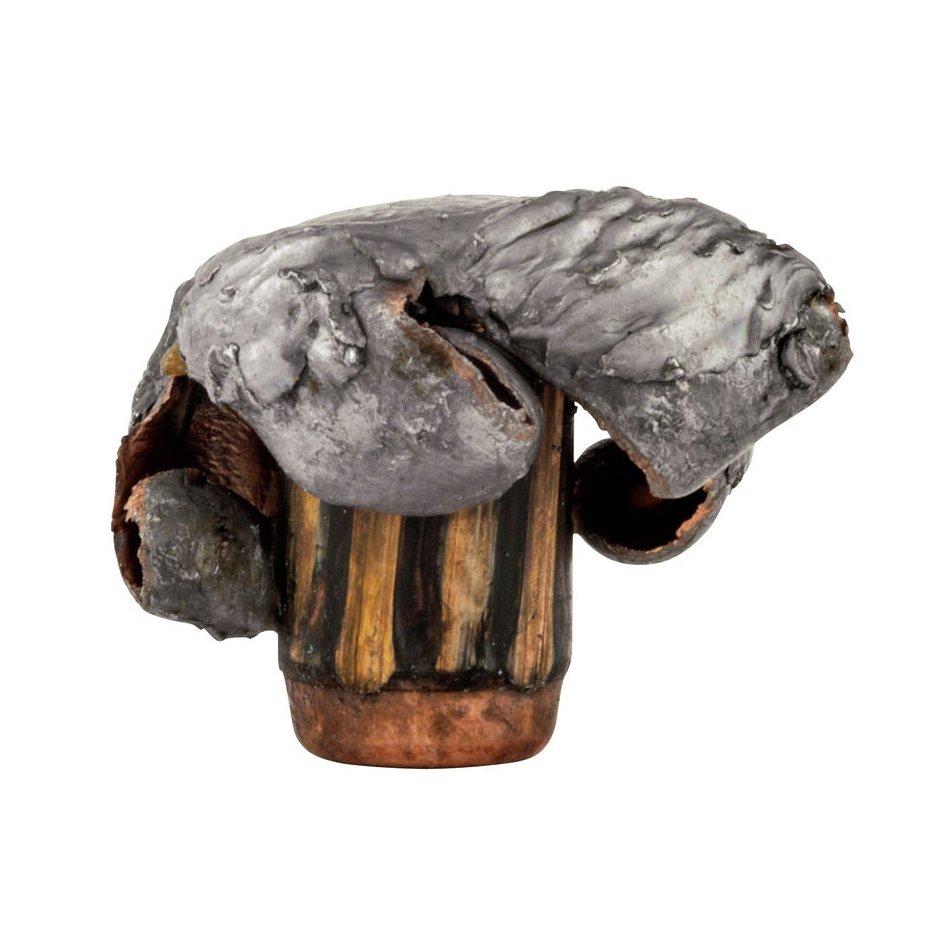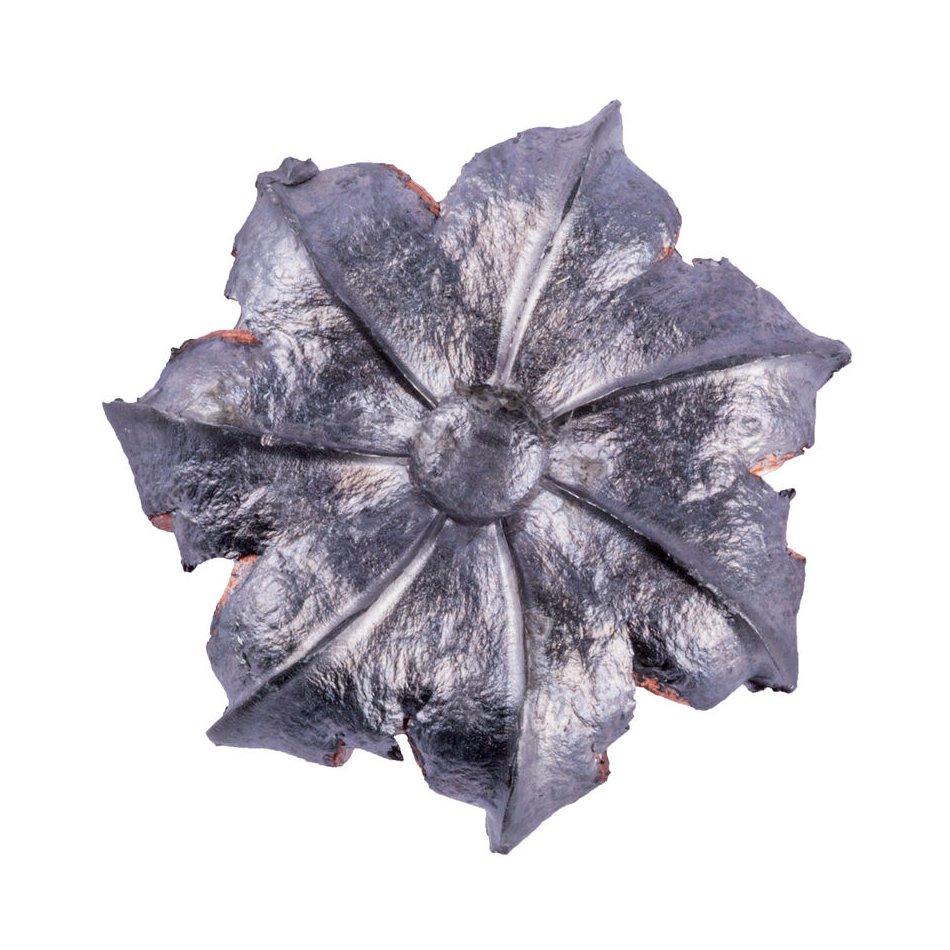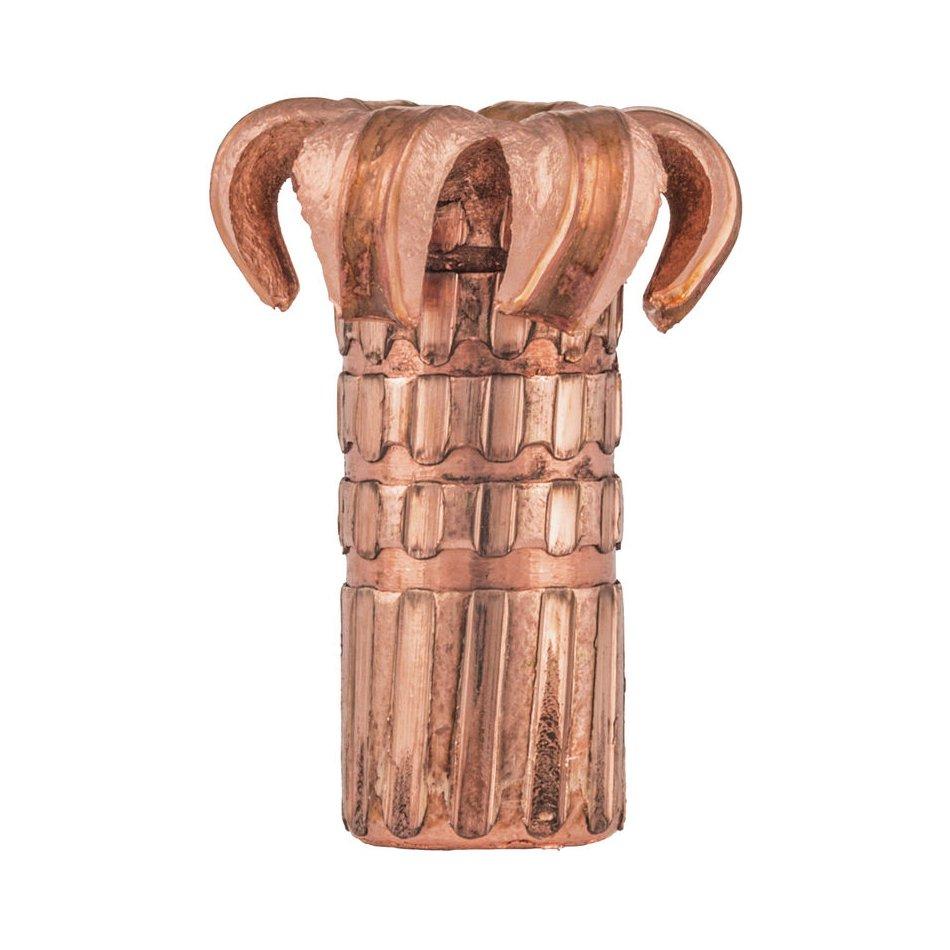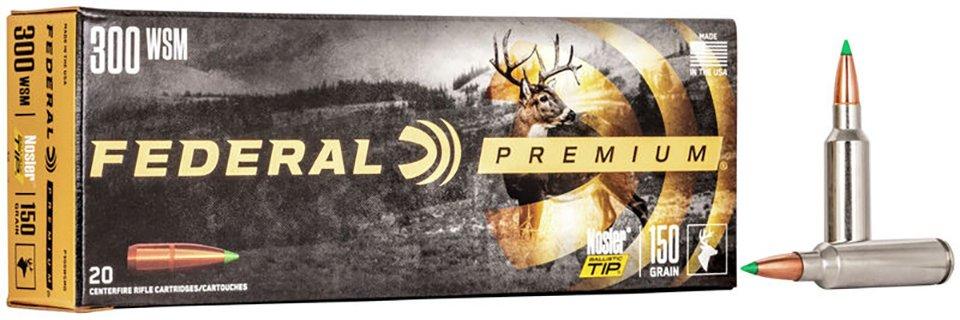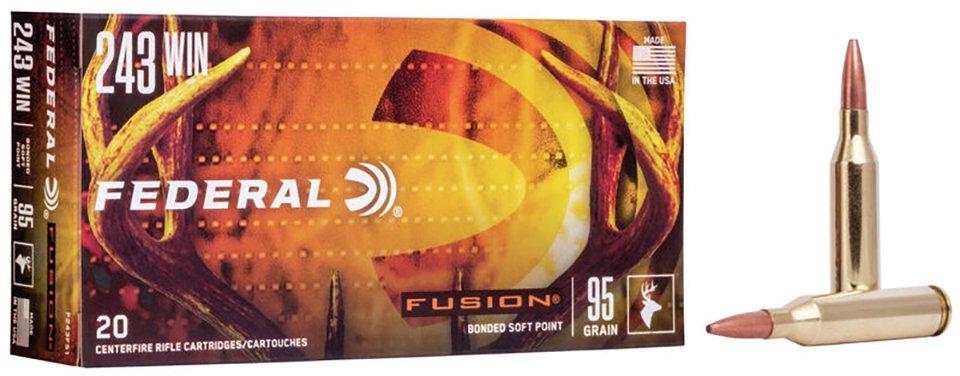Do you need a premium bonded bullet, or will a jacketed soft point work fine? That largely depends on what rifle you're shooting
Today's gun writers can make a decent living writing clickbait. Any story titled Top 10 Calibers for (Insert Critter Here) is about guaranteed to pull readers in and make them argue, and website publishers love that.
But the truth is, for killing deer inside 200 yards — where the overwhelming majority are shot — caliber selection makes little difference. You can shoot a .270 or a .300 Win. Mag. or a 6.5 Creedmoor. If you hit the right spot with any of the above, there'll be no difference in how dead the deer is, and probably no difference in how far the deer runs or the size of the blood trail.
The truth is, for killing deer inside 200 yards — where the overwhelming majority are shot — caliber selection makes little difference.
That is, if you're shooting a good bullet for the caliber. That's the distinction to make. To a point, caliber selection doesn't matter nearly as much as bullet selection. But caliber selection does influence your bullet selection. That in itself is a little confusing; add in that today's deer hunters have more options than ever for good bullets, and it can seem downright overwhelming.
The purpose of this isn't to list a bunch of specific bullets that you should be using, but rather provide the broader guidelines to follow for selecting bullet style, according to what gun you're shooting — muzzleloaders and shotguns included. Again, if you're talking about deer bullets, this advice should serve you well.
(Don't Miss: Don't Be a Shooting Range Jerk)
Rifle Caliber Guide
Obviously, there's crossover here. But in general, here's what we mean for different rifle caliber categories:
Small Calibers: These include heavier .22 centerfires such as .223 Rem., .22-250 Rem., 224 Valkyrie, etc., and up to 6mm Rem., 6mm Creedmoor, .243 Win., .243 WSSM, etc. Deer-weight bullets for these calibers weigh 60 to 100 grains, and most are high velocity (3,000 fps plus or minus).
Standard Calibers: These are the classics for bolt-action rifles including .25-06 Rem., 6.5 Creedmoor, .270 Win., 7mm-08 Rem., .280 Rem., .308 Win., .30-06 Springfield. These are the workhorses, shooting 115- to 180-grain bullets at moderate to high velocity (2,500 to 3000 fps).
Straight-Wall / Lever-Action Calibers: Your classic lever guns might be chambered for .30-30, .35 Rem., or perhaps magnum revolver rounds, like .44 Mag., or .357 Mag. We're also talking straight-wall calibers like .350 Legend, .444 Marlin, .450 Bushmaster, and .45-70. These shoot medium to heavy-weight bullets (150 to 300-plus grains) at moderate to slow velocity.
Magnum Calibers: These shoot medium to heavyweight bullets (150 grains plus) fast (3,000 fps plus). Here, we're talking about 7mm Rem. Mag., .300 Win. Mag., .300 WSM, etc.
(Don't Miss: 5 Tips for Rifle Shooting Accuracy)
Jacketed Soft Points
Best For: Moderate ranges and standard, straight-wall, and magnum deer calibers.
I grew up shooting deer with Remington Core-Lokts and Winchester Super-X Power-Points out of a .30-06 and .308. And man, did they ever flatten whitetails. Simple jacketed soft-point bullets have been around a long time. They're mostly inexpensive, and the type of bullet found in a lot of entry level deer loads, like Federal Non-Typical, Hornady American Whitetail, Core-Lokt, and Power-Point. The jackets aren't usually bonded to the soft lead cores, and so these bullets expand pretty rapidly upon impact, and often shed the copper jacket in the process. Adequate bullet weight ensures sufficient penetration. Soft points of 130 grains and heavier out of your classic calibers work beautifully on whitetails.
Steer clear of standard soft points for small-caliber rifles, though, since they can expand too rapidly, causing the bullet to shed too much material and weight to penetrate adequately. Some people like to deer hunt with a .223. I've done it and don't recommend it — but if you insist, you need a sturdier bullet designed for more controlled expansion. I consider a 100-grain .243 soft point to be about the line of demarcation, where you might want to consider something sturdier than a soft-point.
(Killer Buy Alert: Realtree Logo Black Mesh Back Richardson Hat)
Jacketed Hollow Points
Best For: Close ranges and straight-wall / lever-action calibers, plus shotgun slugs and muzzleloaders.
Some match-style bullets technically have hollow points, and a good many lightweight varmint bullets are also hollow points. Hollow points are generally designed for rapid expansion, and even near-explosive fragmentation at high velocities. For deer hunting, they work well out of slower, large-caliber rifles. They still expand rapidly, creating quick trauma, but the heavy bullets retain enough weight to penetrate deeply and do the job.
Think deer guns chambered for straight-wall rifle cartridges like the .45-70, .444 Marlin, .350 Legend, and magnum revolver cartridges, like the .44 Magnum. Good jacketed hollow point bullets are lethal for muzzleloader and shotgun slug hunters, too, especially inside 100 yards.
(Don't Miss: Declutter Your Old Hunting Gear)
All Copper
Best For: Close to moderate ranges with small calibers; moderate to longer ranges with standard calibers.
In a few states, big-game hunters are required to use nontoxic bullets, and solid copper ones are among the few options. It's not a stretch to think that more states could jump on the lead-free bandwagon in the coming years too.
Many duck hunters with a few seasons behind them might remember the horrors of early steel-shot waterfowl loads. Simply put, they sucked at knocking down birds, compared with lead. Fortunately, big-game hunters don't have to worry as much because there are already some really good copper bullets on the market. For hunting, I don't mind copper bullets one bit. Most of them I've used group well, provide adequate controlled expansion, and retain their weight for deep penetration. They're good for big critters, or for medium-sized critters with small bullets. My single favorite muzzleloader bullet — one I've used to kill elk and a slew of whitetails — is Federal's 250-grain all-copper B.O.R. Lock MZ.
For centerfire rifles, the Barnes Triple-Shock X (TSX) is a classic that Federal Premium offers in a number of calibers. The Triple-Shock is a controlled expansion bullet (usually with four perfect petals up front), and one I've used to kill a number of whitetails, plus a few big hogs. It's a good choice for small-caliber rifles, too, since even small .22-caliber bullets generally hold up well enough to penetrate sufficiently on whitetails. Winchester also has the Deer Season XP Copper Impact — a copper bullet with a polymer tip for rapid expansion — in seven of the most popular deer rifle calibers.
(Killer Buy Alert: Men's Realtree Turkey Flag Short Sleeve Gray Shirt)
Ballistic Tip
Best For: Moderate to long ranges with standard and magnum calibers.
A good many hunting bullets have colorful polymer tips these days, but the Nosler Ballistic Tip became so popular that many hunters still casually refer to all plastic-tipped bullets as ballistic tips. But these days that's not accurate. There's a big difference in a traditional ballistic tip, for example, and a long-range hunting bullet like a Federal Terminal Ascent or Hornady ELD-X — both of which have polymer tips — but more on that in a bit.
The ballistic tips I speak of have thin, tapered jackets, a lead core, and a heavy jacketed, boattail base. The polymer point up front is designed to smash into the lead core, creating rapid expansion upon impact. They're accurate, aerodynamic bullets, and they're excellent for instantly anchoring coyotes, groundhogs, and prairie dogs from high-speed varmint calibers like .204 Ruger, .223, and .22-250. Deer hunters can get the same effect by using them in higher-velocity rifle calibers, like .270, .30-06, 7mm Rem. Mag., and .300 Win. Mag. The biggest buck I've ever killed in my life fell to a 150-grain Winchester Ballistic Silvertip out of a .308, and that load is still a go-to for that rifle. Most rifles shoot them well, in my experience, on deer-sized game, the only real downside is a little meat damage on shoulder shots.
(Don't Miss: 5 Guns Every Outdoorsman Needs)
Bonded / Premium Long-Range Bullets
Best For: Close to moderate ranges with small calibers; moderate to long ranges with standard calibers.
Due to the interest in long-range hunting and shooting, a lot of product focus from ammo makers right now is on high-end bullets designed to work reliably at extended ranges. On the one hand, the average whitetail hunter toting a .270 doesn't need to spend the extra coin for premium ammunition; cheap soft points will work just fine on even the biggest bucks out to 300 yards, if you're shooting a capable caliber.
On the other hand, there are some outstanding hunting loads available with these high-end bullets, and they perform very well at all ranges. I've used Federal's Terminal Ascent, for example, in 6.5 Creedmoor and .30-06 on whitetails, hogs, and a big aoudad at ranges from 40 yards to 425. Hornady's Precision Hunter and ELD-X bullet is a similar loading that I've also used a good bit on whitetails, hogs, and antelope, at ranges of 50 to 300 yards in 6.5 CM, and it's an excellent game bullet.
The Nosler Partition is one of the original premium bullets, and though it's designed for bigger stuff, my .30-06 shoots the 180-grainers better than anything else, and they're good deer bullets, if not a little heavy for the job in that caliber.
Premium bonded bullets offer big advantages to small-caliber shooters, too, since they rely on good technology to give the right blend of expansion and penetration. If I were stuck deer hunting with a .223, I'd choose my bullets carefully, and spend extra money on a premium offering.
This last category is the broadest; but if you're shooting a little gun, taking longer shots, or if you're just a gearhead who obsesses over minute details, premium hunting bullets can give you an advantage.
(Don't Miss: Buying an AR-15: Understanding Barrel Twist)
Afterthoughts: What Bullet Weight Should You Get?
All the top deer calibers have suitable bullets in a variety of weights. In this day and age of scarce ammo, will switching from 150-grain bullets to 165s make any difference in your .308?
The answer is definitely yes — though both will probably be deer killing close at 100 yards. Different bullet weights and styles have different velocities, aerodynamics, and ballistic profiles. The difference at 50 or 100 yards might be barely noticeable — but it could put you half a foot or more off at 200 yards.
Furthermore, some rifle barrels just prefer certain bullet weights. My old .30-06 will keep 150-grain bullets in a decent group at 100 yards, but it'll make 180s touch. I don't know why, but I always remember it when I'm shopping for ammo. Try enough different loads to figure out what your rifle likes, settle on a bullet that performs well for you, and then stick with it.

